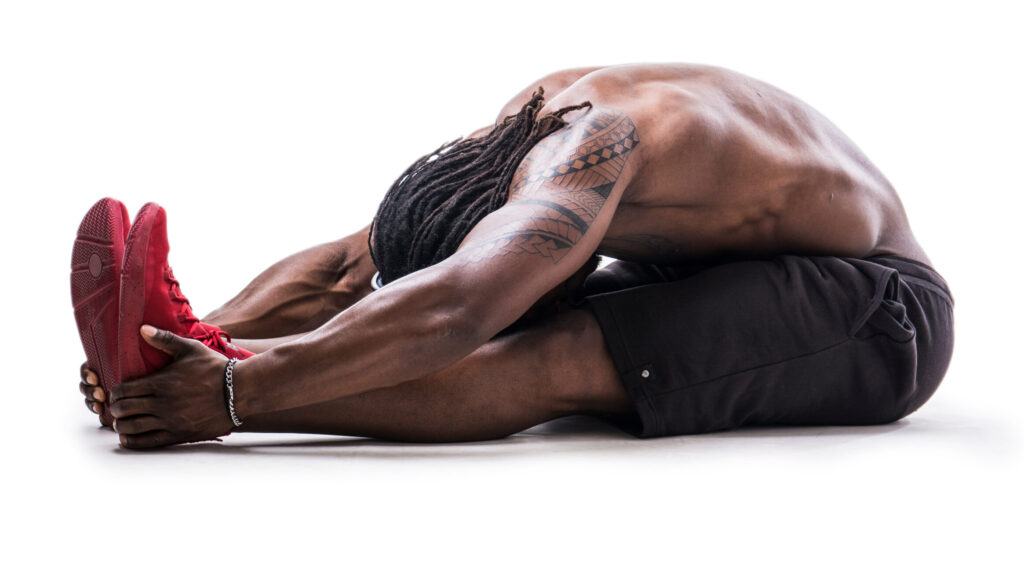Injury Prevention Basics
Here are some basic tips to help keep you safe and injury-free.

SO YOU’RE AN ATHLETE. You work hard in the gym and on the field to stay in shape and perform at your best. You know the importance of stretching, cooling down, and staying hydrated, but what else can you do to prevent injuries? Here are some basic tips to help keep you safe and injury-free.

What Are Injuries?
Injuries refer to any type of damage or harm that is sustained by the body. These can vary widely in both type and severity, ranging from relatively minor injuries such as bruises, scrapes, and sprains, to more serious injuries like broken bones or concussions.
In addition to the physical symptoms of injury, there may also be emotional and psychological effects, such as pain, fear, or confusion. While it is possible to recover from most injuries with appropriate care and treatment, some injuries – especially severe ones – may cause permanent damage. It is, therefore, essential to take preventative measures because, let’s be honest – the best cure for any injury is to prevent it!
Why Do We Get Injured?
Injuries are an unfortunate but inevitable part of sports and other highly demanding physical activities. They can occur due to trips or falls on the field, collisions with other players or equipment, or simply as the result of overexertion under the bar at the gym.
Whatever the cause, injuries have a number of different symptoms and effects, including swelling, pain, and loss of mobility. In most cases, injuries can be treated and take some time to recover from.
However, in some cases, injuries may require further medical attention, such as surgery or physical therapy. Regardless of the specific treatment that is required, it is important to be aware of the risk of injury and to take steps to prevent them whenever possible.

IN REALITY, THOUGH, THIS STRATEGY CAN ACTUALLY LEAD TO INJURY AND PERFORMANCE ISSUES.
Prevention Tactics
There are many different strategies for preventing injuries, both in and out of the gym. With the right planning and preparation, it is possible to minimize your risk of injury by implementing these simple preventative measures. Whether you’re training for a competition or just enjoying a casual gym sesh with friends, following safe practices can help keep you active and healthy for years to come.
Now let’s have a look at our top 3 injury prevention tactics.

#1 Warm-Up
A common myth surrounding exercise is the idea that it’s best to jump right into a strenuous workout without warming up first. This is considered to be viable because, well, you have the most physical resources at the very start of your workout, and as every minute goes by, your performance lowers until eventually you reach fatigue.
In reality, though, this strategy can actually lead to injury and performance issues. It’s true that a proper warm-up routine helps to increase blood flow and prepare the body for strenuous activity, but these benefits also apply during hard workouts themselves.
By preparing the body in advance, you are essentially priming your muscles for peak conditions, which makes them less likely to become fatigued or injured during the workout. With this in mind, if you’re serious about maximizing your ability to perform at your best in any physical activity, take time to warm up properly before each session.
During the warm-up, your goal should be to kick up the heart rate and activate your muscles. To do this, we recommend 6-8 minutes of light cardio, followed by a dynamic stretching routine.
...improper technique is one of the most common causes of back pain among gym-goers.
#2 Proper Form
When it comes to exercise and fitness, proper form is key. Done correctly, exercises will strengthen muscles, improve flexibility, and build endurance. However, if not done correctly, they can actually lead to injury by straining or overworking certain muscle groups and joints.
For example, improper technique is one of the most common causes of back pain among gym-goers. This is because lifting weights with an incorrect posture can strain the lower back and put excess stress on the spine.
To avoid these issues and prevent injury, it is essential to have a good sense of your body’s limitations and to always pay attention to proper form when working out. With regular practice and some focus on detail, anyone can learn how to properly execute their favorite training routines without risking injury.
Because, after all, it is essential to remember that for each movement, there is a correct body posture in which you can exert the most amount of force with the minimum amount of stress on the joints.
One way to avoid overexerting yourself is to know your limits.
#3 Avoid Overexertion
Whether you are an athlete or just someone who likes to stay active in the gym, it is important to take steps to avoid overexertion. Overexertion can lead to a number of injuries, ranging from muscle strains and sprains to more serious issues like cartilage damage.
One way to avoid overexerting yourself is to know your limits. This means paying attention to how your body feels as you exercise and listening for signs like weakness, nausea, or dizziness that indicate that you are pushing yourself too far.
It is also crucial to build a strong foundation of fitness before going all-out in vigorous exercise. Otherwise, the body may not be able to keep up with your high level of exertion. Nevertheless, high exertion is still necessary for the context of continuous progress in the gym. But think about it this way – you don’t need to do high exertion every workout. Instead, build your way up to high exertion in a couple of workouts, and then come back down.

To Wrap It Up
So, there you have it – the basics of injury prevention. While this is not an exhaustive list, following these simple steps can help keep you safe while you work out. Remember to always consult with your doctor before starting a new exercise routine and stay vigilant about any pain or discomfort that may occur during or after your workout.
And lastly, have fun! Working out should be enjoyable, so make sure to find activities that you love and stick with them. By being proactive about preventing injuries, you can focus on having a healthy and active lifestyle without worrying about potential setbacks. ATHLETIC

Share this post:

ATHLETIC Magazine – 4X IPL Pro Champ Robert Tenerowicz Is 60-years-young!
“…the most compelling reason for me to compete is inspiring others to train hard and eat right as they see the results I’ve been able to achieve into my 60s.”

ATHLETIC Magazine – Cover Story – Marc Monaco: Top Pro IPL Men’s Athletic & Brazilian Jiu Jitsu Title Winner
“…believe in yourself and have fun no matter what the result. You may surprise yourself!”

ATHLETIC Magazine – Cover Story – 51 Years Young IPL Pro LaMark Robinson: Husband, Father, Entrepreneur
“I finally have balance and I’m going to ride it out until the wheels fall off!”

Natural GAINZ Magazine – Muscle Memory: Fact Or Fiction?
There’s a high possibility that you have forgotten about the jumps in gym class when you were in 8th grade, but maybe your muscles haven’t.

ATHLETIC Magazine – Stay Fit While Travelling
…luckily, there are some tips on how to stay fit while traveling. Get ready and take notes for your next trip!

Natural GAINZ Magazine: Should You Do Cardio?
While some swear by its fat-burning benefits, others prefer alternative methods to achieve their goals.

INSPIRE Magazine: HYDRATE – How Much Water Do You Need?
Water is life. It makes up about 60% of the human body, and every cell, tissue, and organ depends on it to function properly. But how much water do you actually need to drink each day?

Natural GAINZ Magazine – Should You Stretch?
Stretching can be done at almost any time, but you should keep certain factors in mind.

Natural GAINZ Magazine – Why Recovery Days Are Crucial
If you’re not sold on taking a day off from the gym, read on to discover what benefits it can provide…
